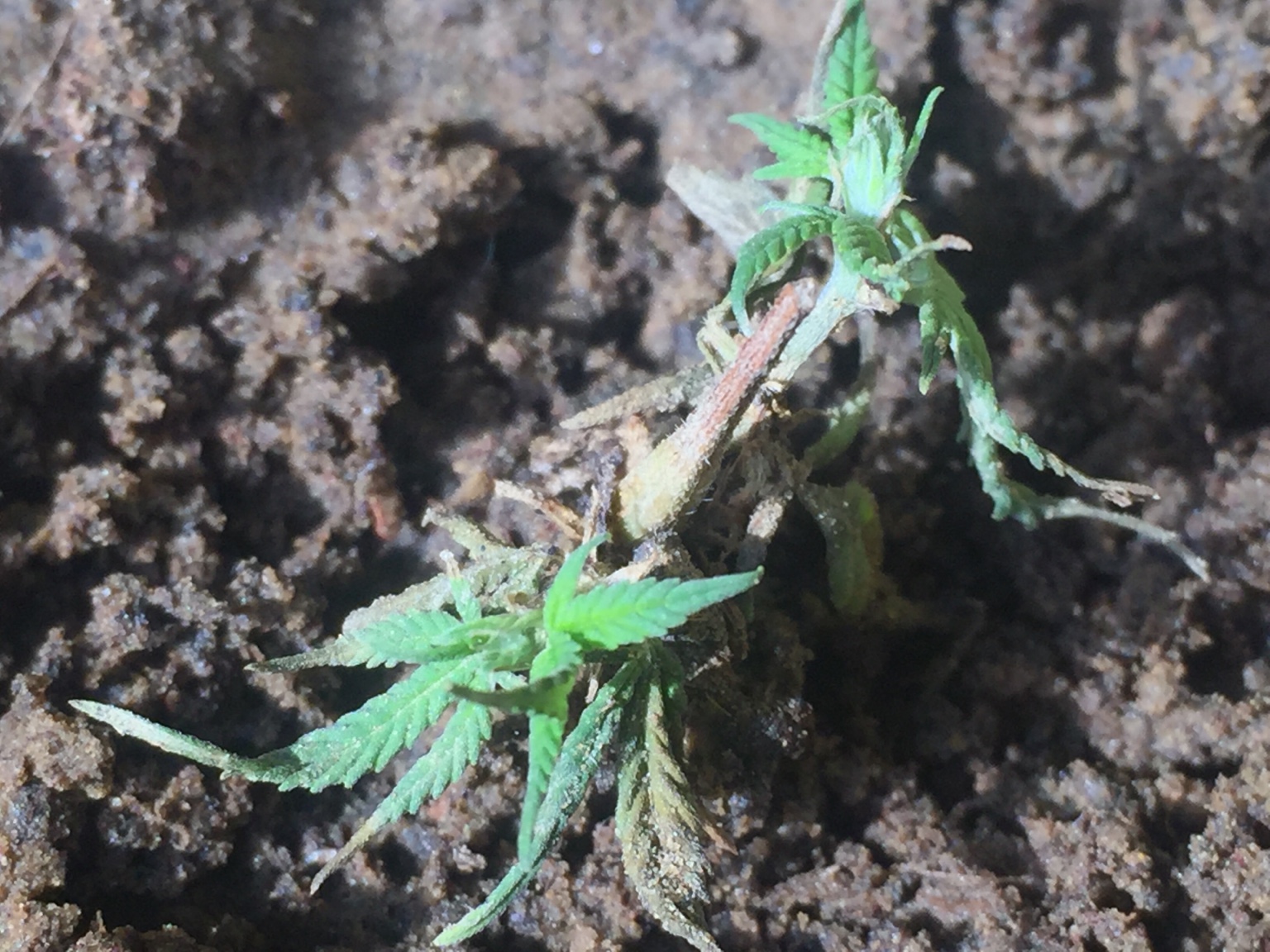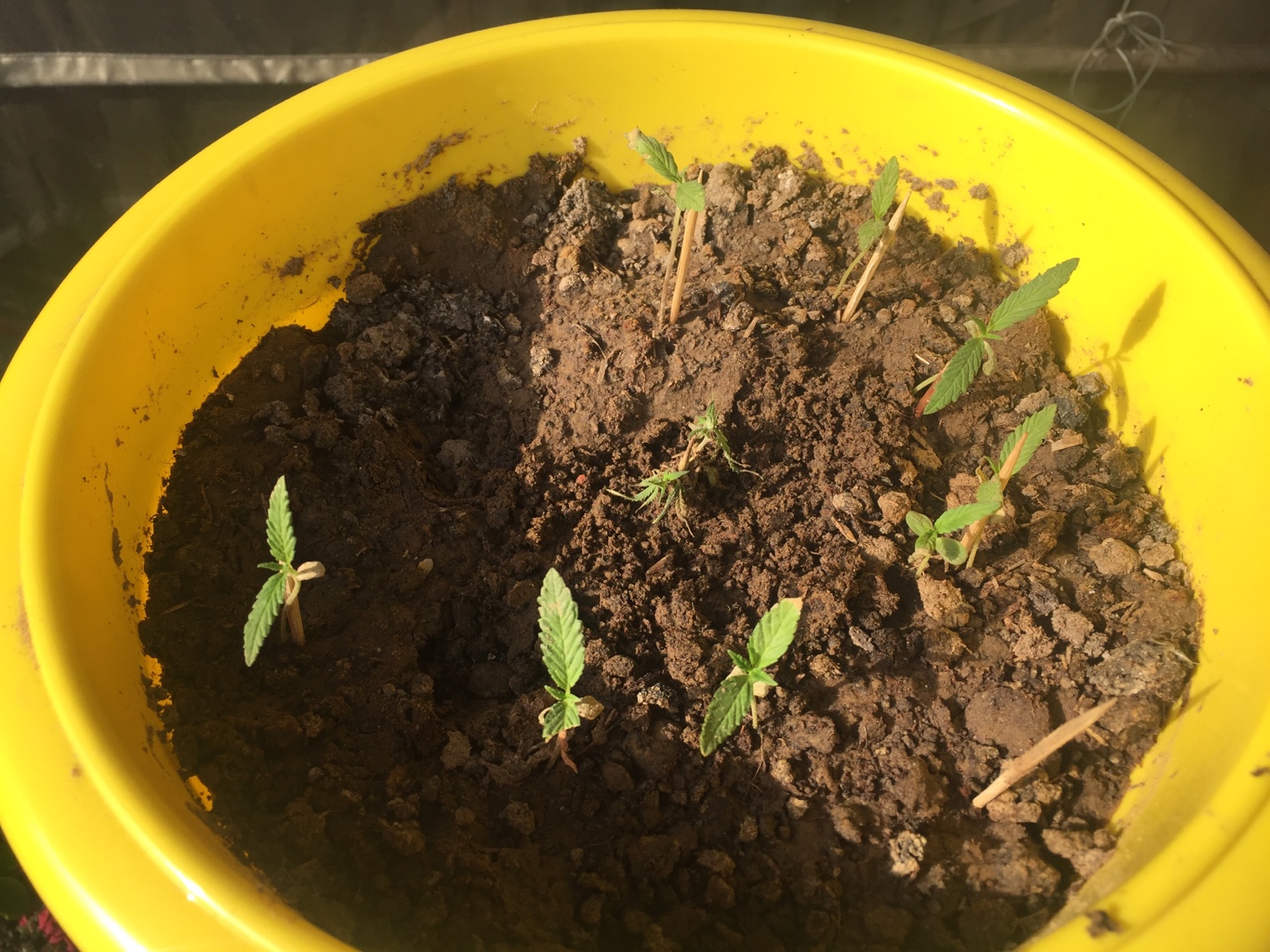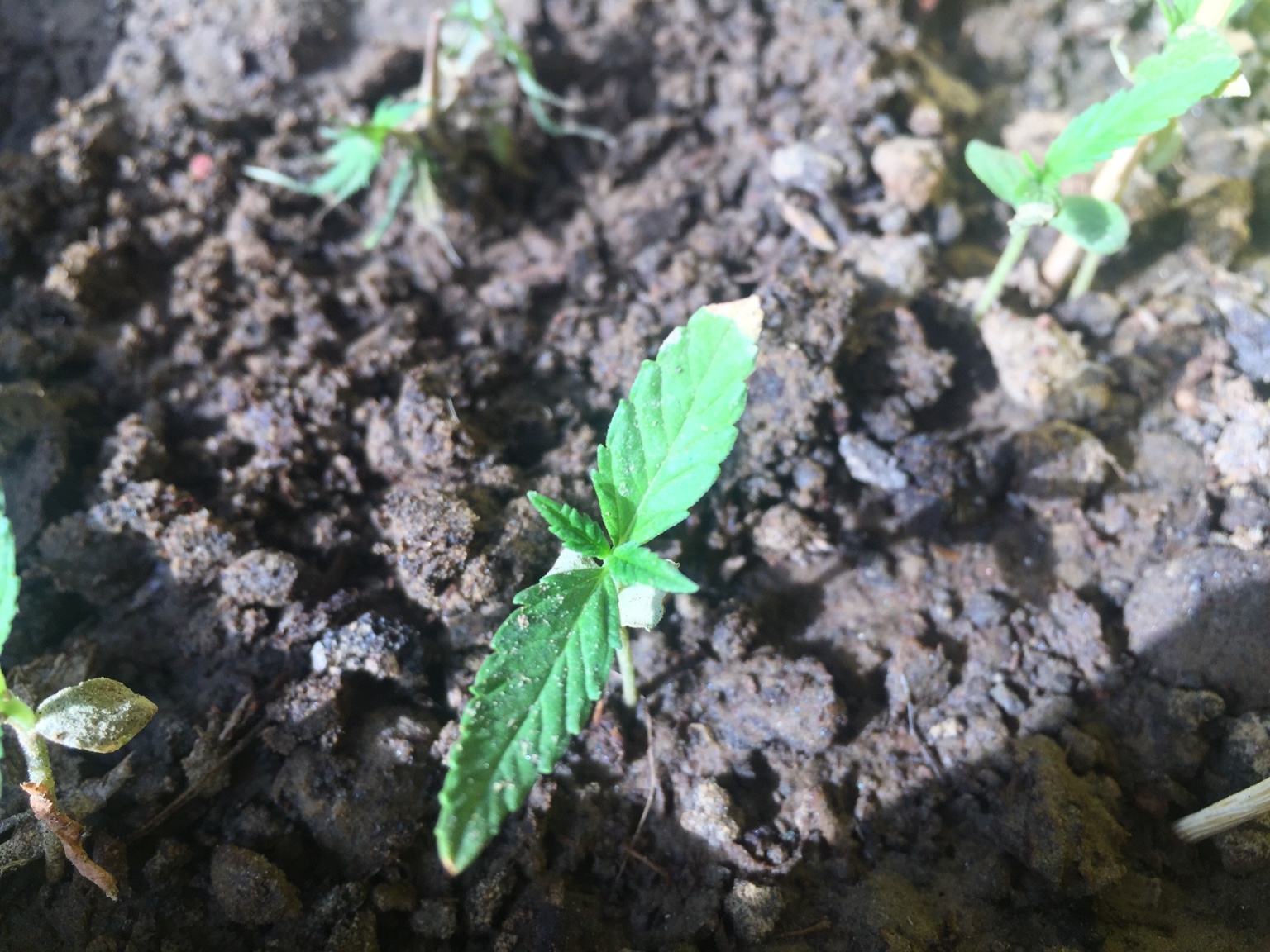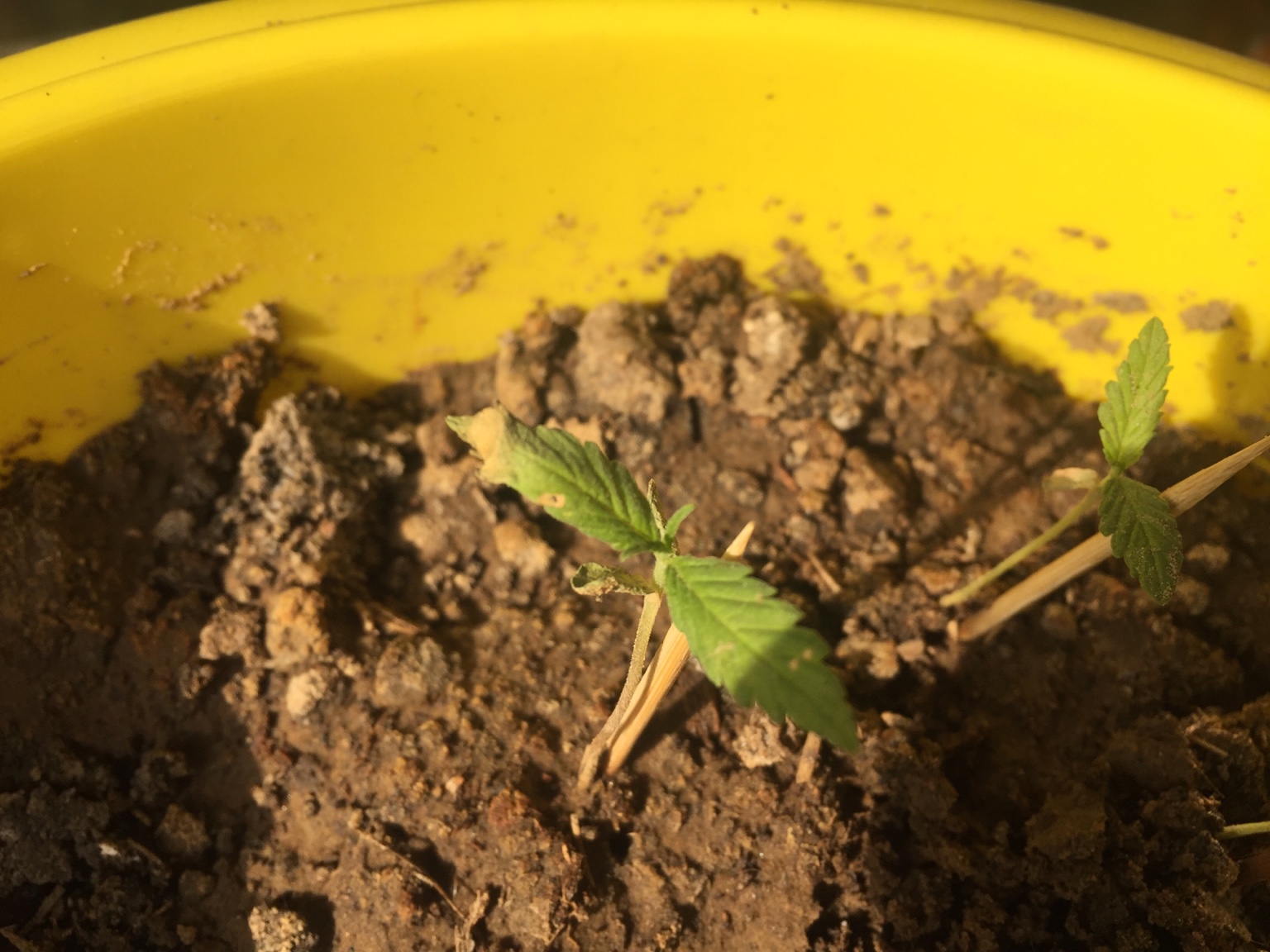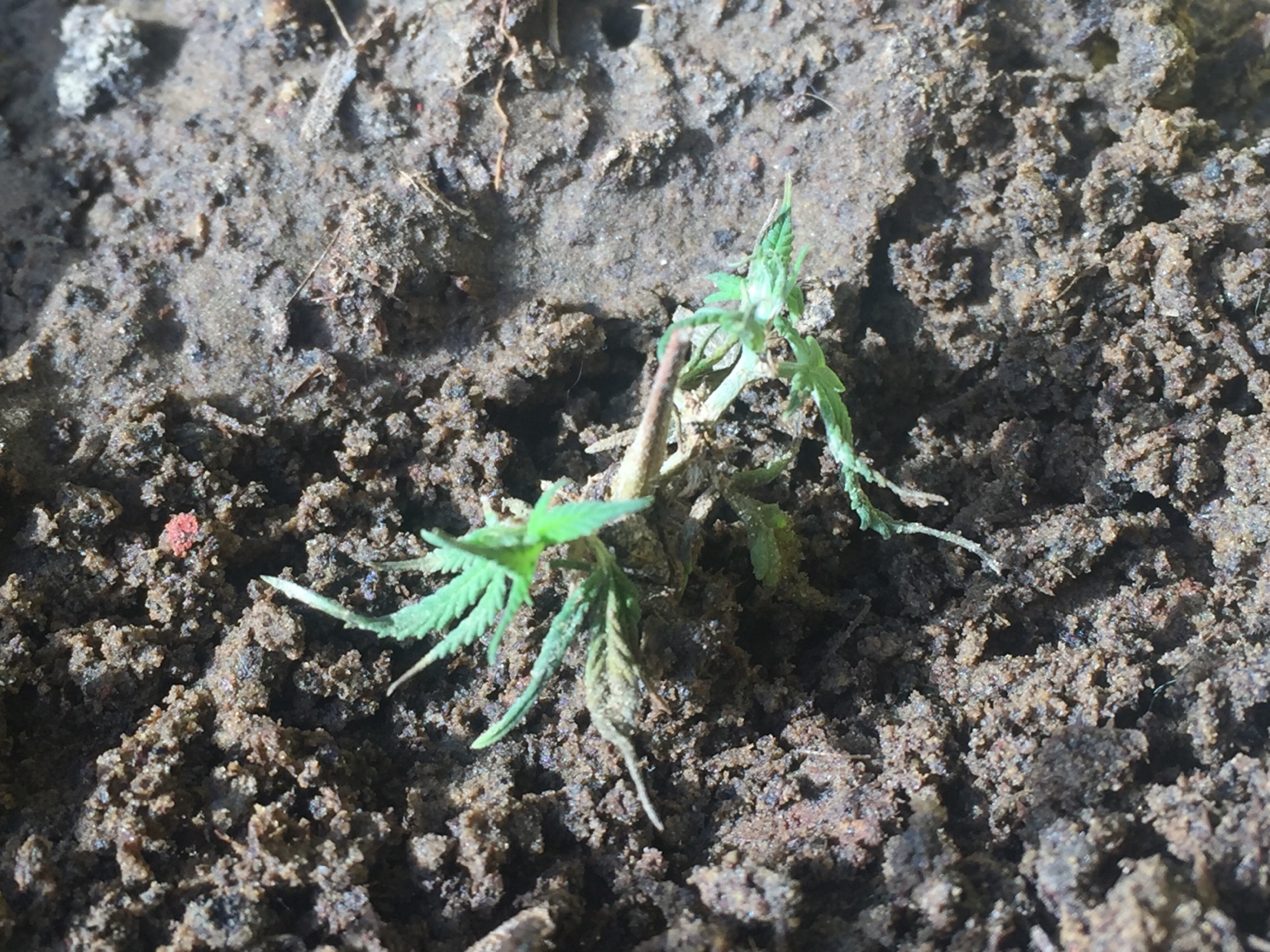PoS5
New Member
Hi. I am a first time grower. Posting here specifically to ask about lighting schedule for a pot plant, currently in a balcony, getting approx 8-10 hours of good sunlight. Watering when needed. 10 have been growing good, just a few bent stems, probably due to overwatering (need to correct that too)
Please suggest whether I should take it inside at nights and keep it in darkness or get red/blue or both growing bulbs/CFL and then proceed further?
Any suggestion/correction/input would be highly appreciated. Peace.
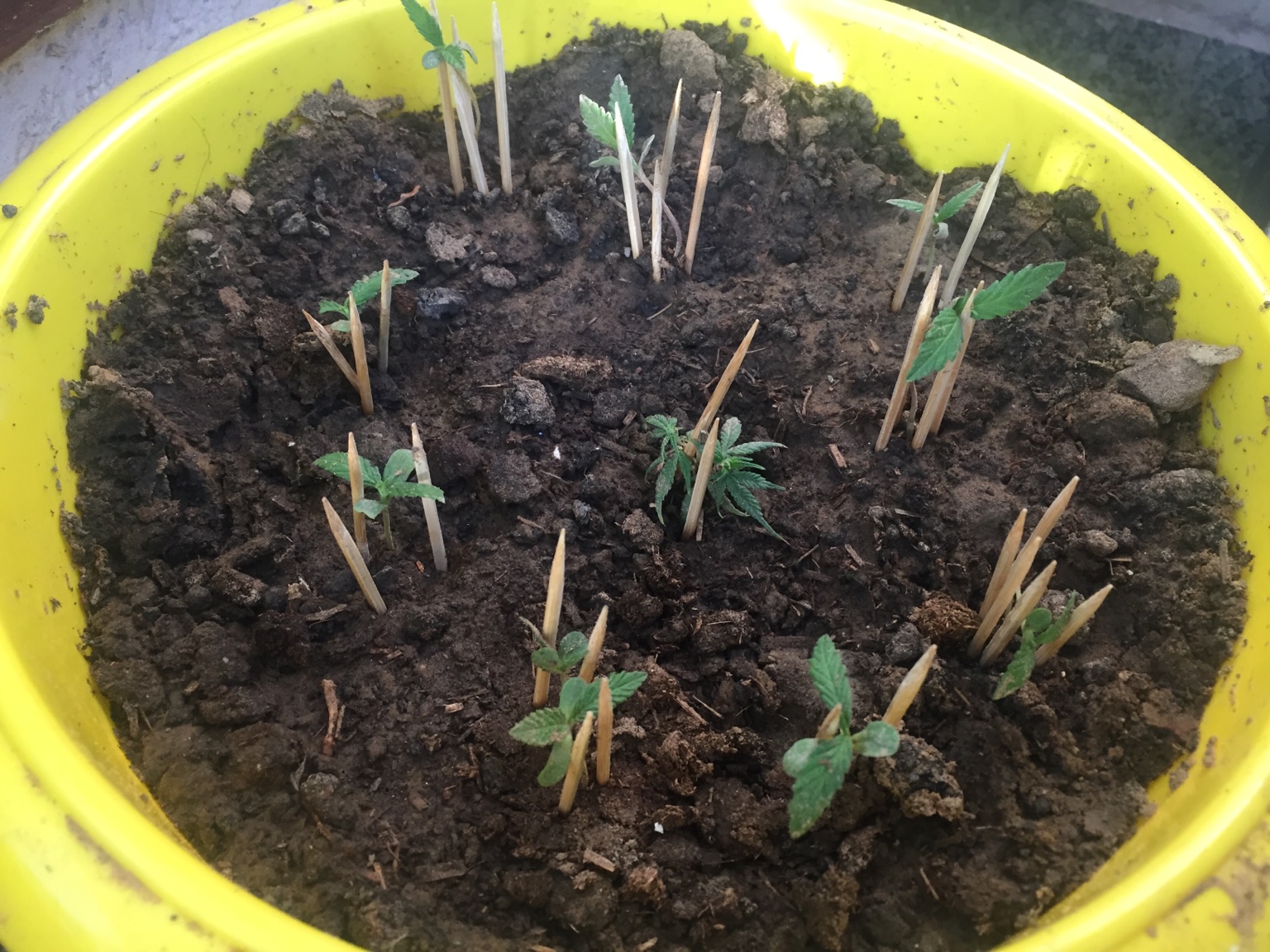
Sent from my iPhone using 420 Magazine Mobile App
Please suggest whether I should take it inside at nights and keep it in darkness or get red/blue or both growing bulbs/CFL and then proceed further?
Any suggestion/correction/input would be highly appreciated. Peace.

Sent from my iPhone using 420 Magazine Mobile App




